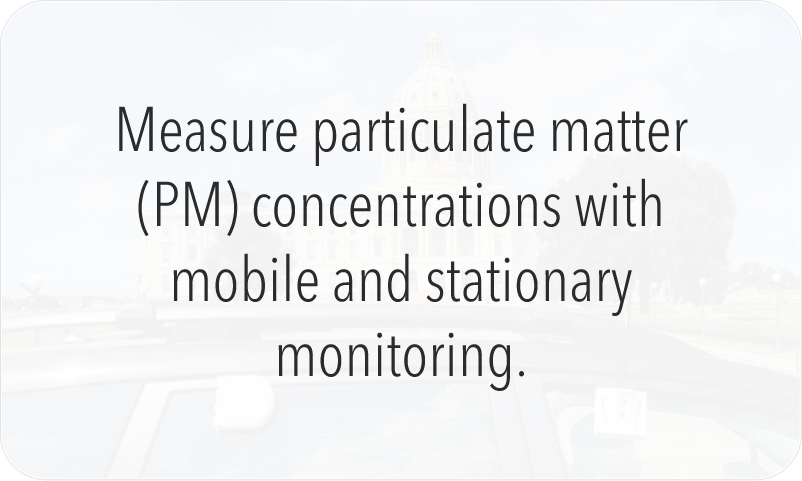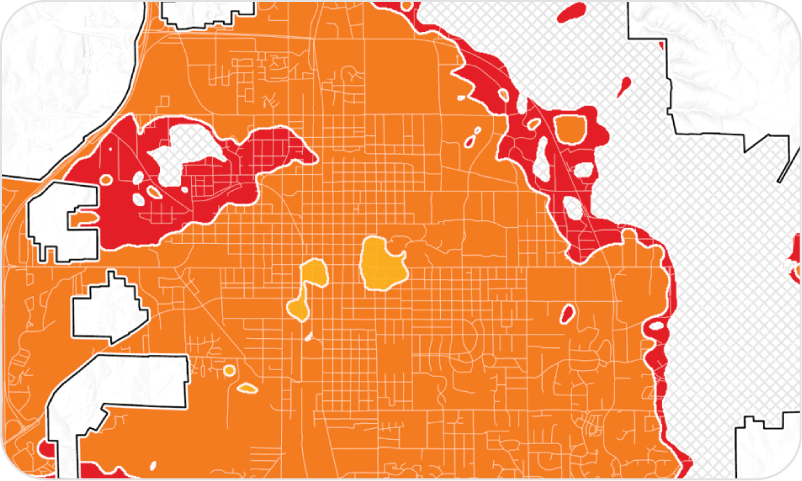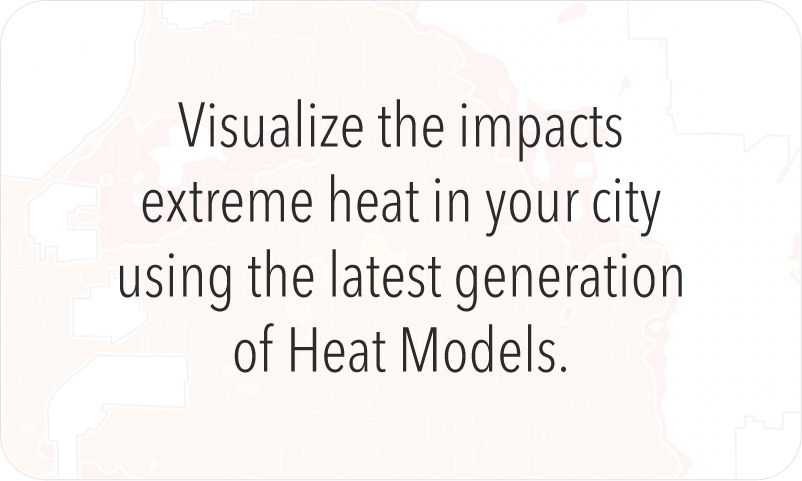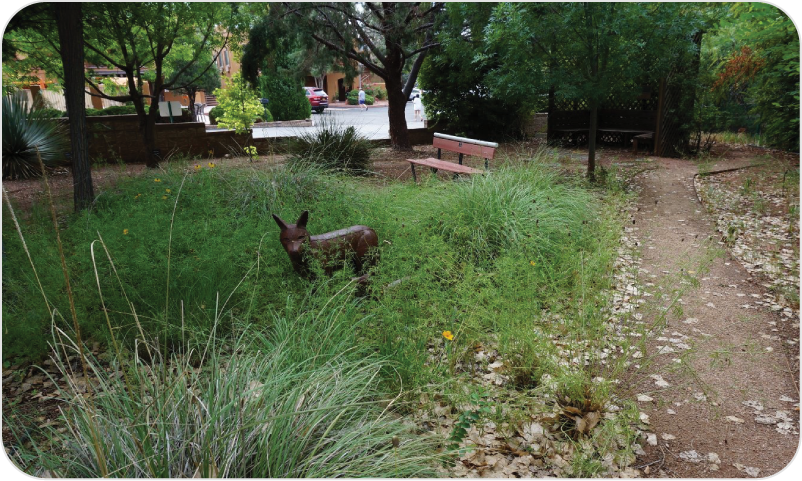Neighborhood Scale Heat Monitoring
Boise, Idaho

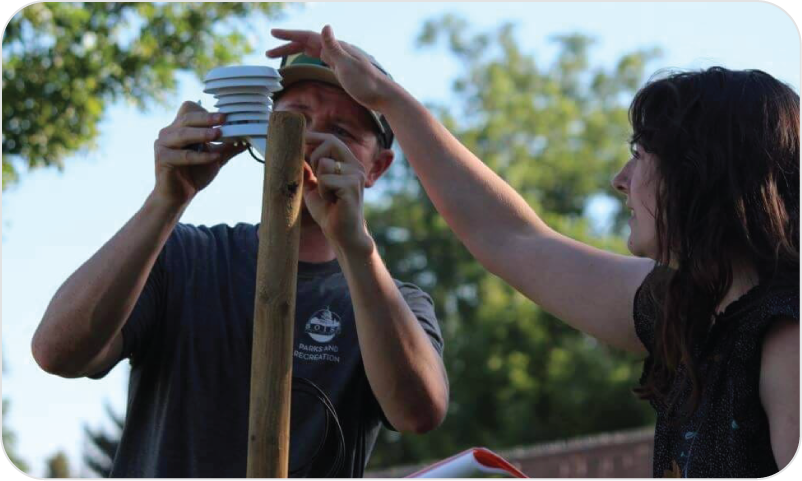
In 2024, CAPA partnered with the Center for Regenerative Solutions, the Treasure Valley Canopy Network, Idaho Conservation Corps, and the City of Boise to conduct a series of monitoring efforts in Boise, ID. We engaged in a series of heat monitoring activities to quantify the effects of trees and other land cover elements on temperature. CAPA developed a pilot program to guide and implement these activities using knowledge from our experience with community-based heat monitoring to compare relationships between heat, thermal comfort, and land cover. Heat data was collected from Borah Neighborhood with air temperature sensors and four sub-areas were selected for more extensive measurements on air and ground temperature, humidity, land cover type, and heat perceptions. Data shows that areas with shade from trees or maintained (watered) vegetation on average tend to have cooler temperatures and are perceived as cooler by people than shadeless, non-vegetated areas.
This project allowed CAPA and partners to explore how low-cost sensors and tools can be used to characterize heat differences at a neighborhood level. Youth and community forestry crews were also engaged to collect data, giving them workforce development experience, and enriching their understanding and impact on urban forestry for themselves and their communities.
Key findings
- Significant Microclimate Variation: Mid-day air temperatures measured by crews varied significantly between the four nearby study sites, with differences reaching as wide as 8.4°F on some days.
- Impervious Surfaces Retain Heat Overnight: The asphalt parking lot site (Site 3) consistently stayed warmer at night, averaging 2.1°F above the mean temperature of the four sites, indicating heat retention by impervious surfaces.
- Vegetated Areas Cool Effectively at Night: The park site (Site 4), characterized by green grass and nearby mature trees, cooled rapidly after sunset and was significantly cooler than average at night (3.4°F below the mean).
- Shade Improves Thermal Comfort: Sites with partial shade from mature trees (Sites 1 and 2) were perceived by the field crew as the coolest-feeling and/or most comfortable, even when HOBO sensors sometimes recorded relatively warm daytime air temperatures at those locations.
- Land Cover Impacts Temperature & Perception: The study generally confirmed that sites with shade from mature trees and maintained green vegetation were cooler across air temperature, surface temperature, and heat perception measurements compared to sites lacking shade or dominated by impervious surfaces or dry vegetation.
- Asphalt Site Least Comfortable: The parking lot site (Site 3) was not only often the hottest according to nighttime HOBO data but was also consistently rated as the least cool-feeling and least comfortable by the field crew members.
- Continuous Monitoring Provided Robust Data: While snapshot measurements (Kestrel) provided useful point-in-time data, the continuously monitoring stationary sensors (HOBO) offered a richer, more statistically viable dataset for analyzing temperature trends over time.
Check Out Our Other Services



